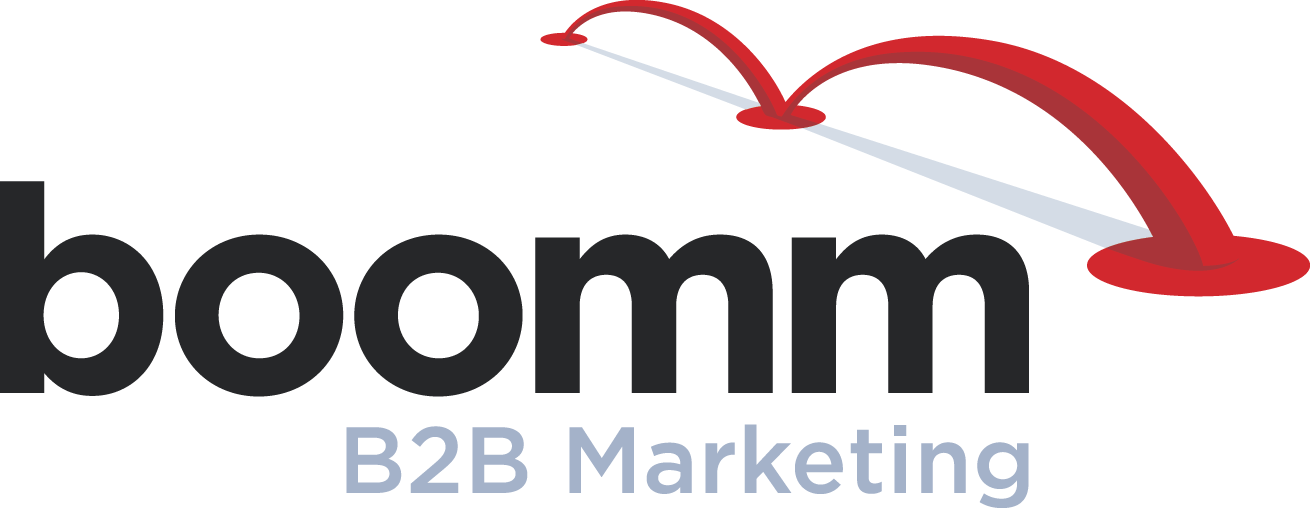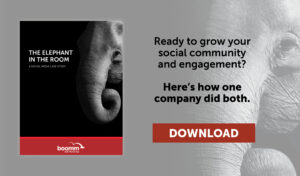The Social Sandbox: Is it postworthy?

Editor’s note: This the latest article in an occasional series covering the turbulent world of social media for businesses. We’re calling this series The Social Sandbox. This time we dig into the challenge of uncovering fresh topics.
How do you judge the value of a B2B social media topic?
The obvious answer is to review post performance. That’s why there are metrics for almost every aspect of social media. You can track impressions, likes, shares, click throughs, web traffic, response time, audience growth rates, share of voice, sentiment analyses and virality rates.
Those measurements will provide valuable insights and guidance after your post has been published. You can leverage them to help inform your engagement strategy and structure your content calendar to feature subjects that are genuinely relevant to your community. So, the takeaway is that your social topics should be entirely based on performance data. End of article. Please be sure to share it.
Not so fast: How do you judge the value of untried B2B social media topics?
That’s a much more challenging question because it takes your content into uncharted waters. Admittedly, you might find predictive data for the general topic category, but that’s not the primary objective. The goal is to explore a fresh direction and frame your topic in an entirely new way. In short, you want to own the conversation. That’s a big opportunity and a major challenge.
At Boomm, we judge an untried B2B social media topic by asking: “Is it postworthy?” In other words, is this topic fresh, relevant, engaging, on brand and ownable?
The good news is that you don’t need to make that determination in a vacuum. Here are some smart resources that can help you uncover postworthy topics and make them your own.
- Ask your community
Make a shortlist of the new post topics you are considering. Then, ask your social community which ones they’re most interested in. This can be presented as a poll that allows your community to rate their favorite potential topics. If you don’t have a shortlist, your community can still contribute. Ask them an open-ended question, such as: “What industry-related topics would you like to see covered in our social media?” That will elicit unfiltered suggestions from your community members. No matter how you request input, it pays to consider the feedback carefully and give the community credit for the suggestions you act upon. This shows you truly value your community’s perspectives in shaping your content.
Postworthy moment: One client asked its fast-growing social community to help prioritize topics. The result was enthusiastic but the responses varied greatly based on the different social networks they came from. As a result, the client’s content calendar was shifted to incorporate more distinct priority topics for each particular network.
- Involve your coworkers
Who knows what your customers are talking about? It’s usually the frontline staff, including sales, service people and the technicians that go out on calls. These are the just some of the people who can contribute truly meaningful topics which you can bring into social. How can you get them to share their experiences? Help them to see the value of their insights. Relevant content helps grow the community and your base of prospective customers. It can also be used to help solve common issues, diffuse misperceptions, and position your company as a customer-centric organization. What happens when you run into an employee that’s a “social hater” and won’t contribute? Read on.
Postworthy moment: One client contact was a very serious industrial engineer who simply didn’t think his world belonged on social. It was “self-infatuated fluff” in his eyes. That perspective changed when the engineer conducted a workshop for local high school students. The experience was rewarding for him and the students. He mentioned that he wished he could share some of the takeaways from that day with other aspiring engineers and the industry. The discussion led to a social post covering the workshop—and it became one of the best performing posts in the client’s history. For many resistant employees like the engineer, social media stops being perceived negatively when it helps tell a meaningful story that reflects their interests.
- Observe with fresh eyes
As the workforce returns to offices and plants, people are becoming reacquainted with their workplaces. Many clients have mentioned the experience of “seeing their old world through new eyes.” That’s postworthy thinking. Helping professionals observe things in a fresh light is a primary goal of effective B2B marketing, including social media programs. As you go through your busy day, keep your eyes open for postworthy topics. They don’t need to be big breakthroughs; sometimes small observations can lead to the strongest posts. The key is to help your community experience the same level of excitement and intrigue as you do when you observe something new.
Postworthy moment: One client had a mess on their hands. The gear that had come back to their workshop from out in the field was mud-spattered, unorganized, and ready for some serious TLC. The company’s experts transformed the gear into fresh, clean and project-ready equipment. It was nothing special—they do it every day—but it led to a social post that captured the “before and after” story in a compelling split screen visual. Instantly, everyday maintenance became a reflection of the company’s high level of service and attention to detail. It simply took fresh eyes to see it.
In closing, we want to share one last postworthy point: If you find a topic that breaks through, consider how you can make it into a series of posts. Boomm has used this approach for all our social media clients and it has led to consistently high performance across multiple posts and networks.
Thanks for visiting the Social Sandbox. See you next time.



